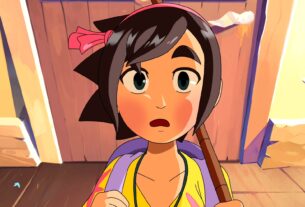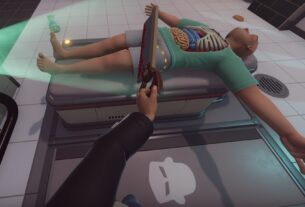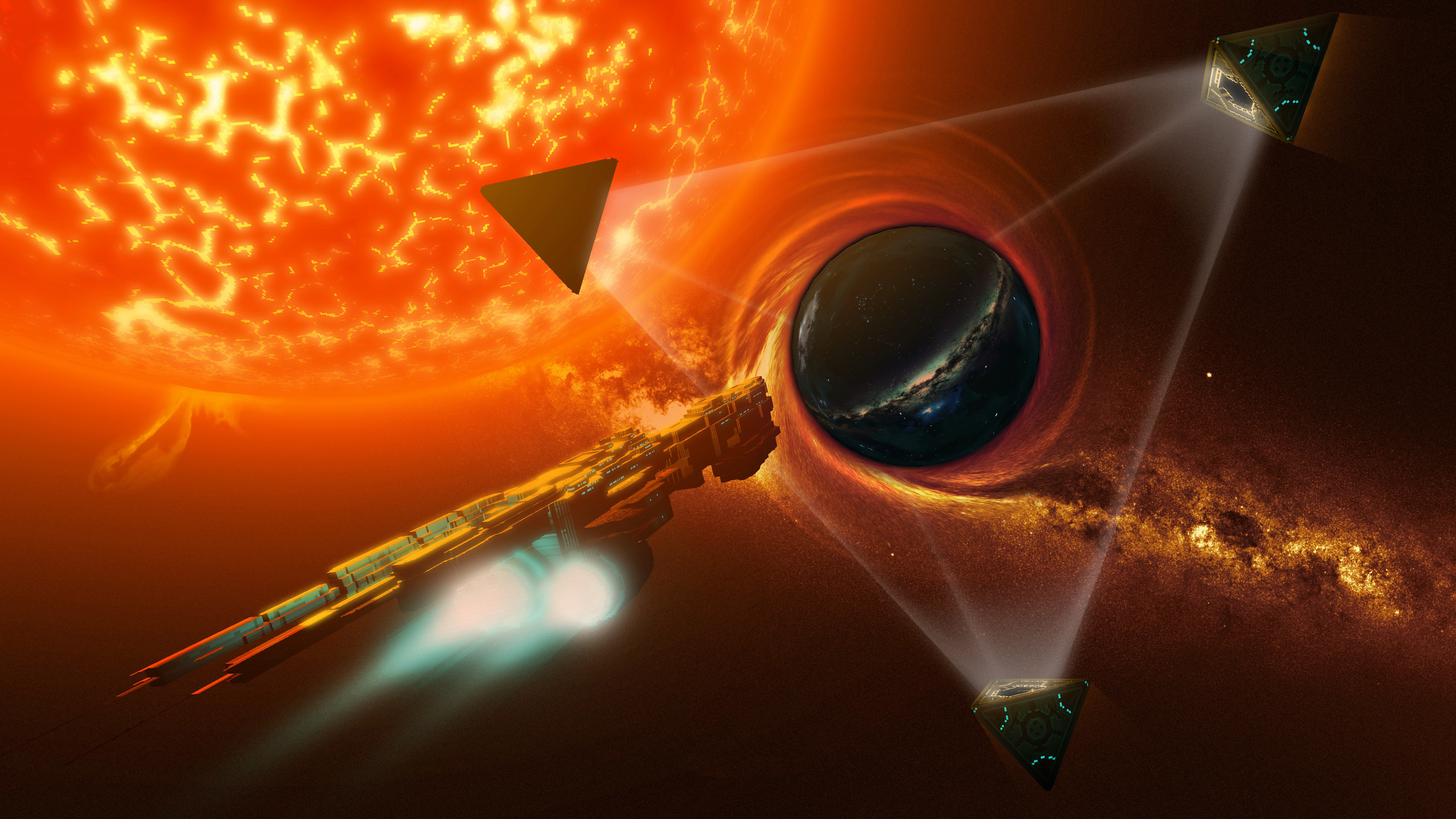
What is it? An FTL-inspired roguelike with a lot of story.
Expect to pay: $25
Developer: Alt Shift
Publisher: Humble Bundle
Reviewed on: i7 7700, RTX 2070, 16GB RAM
Multiplayer? No.
Link: cryingsuns.com
Crying Suns is both a great strategy game and a shit roguelike. It walks and talks like FTL, the 2012 hit that directly inspired it, but ultimately fails to mimic the endless replayability and daunting challenge that made FTL enchanting. Don’t get me wrong, though, Crying Suns isn’t a bad game—thanks largely to its surprisingly human story and frantic space combat. It just isn’t the spiritual successor to FTL that it wants to be.
The good news is that Crying Suns’ little identity crisis ultimately doesn’t get in the way of what is still a great game full of cool ideas. Like FTL, I captain a spaceship through a randomly generated gauntlet of solar systems trying to keep my crew alive while navigating increasingly difficult encounters with the local populous. But where FTL gives these decisions a thin narrative dressing, Crying Suns creates a grim and vivid world that tees up an ambitious story.
I play a clone of an intergalactic admiral, Ellys Idaho, who wakes in a mysterious cloning facility decades after the empire he once helped rule collapsed into chaos. Idaho’s rebirth is part of a grand plan to save the empire, and it’s my mission to set out in a battleship and discover what happened, why, and (hopefully) reverse everything. It’s a story that leans heavily on sci-fi tropes, especially if you’re a fan of Isaac Asimov or Frank Herbert, but Crying Suns’ setting is fun to discover because it’s so meticulously thought out and grandiose. Transcendent robo-gods and 800-year-old emperors juxtaposed with an intimate story of friendship and betrayal make for genuine science fiction.
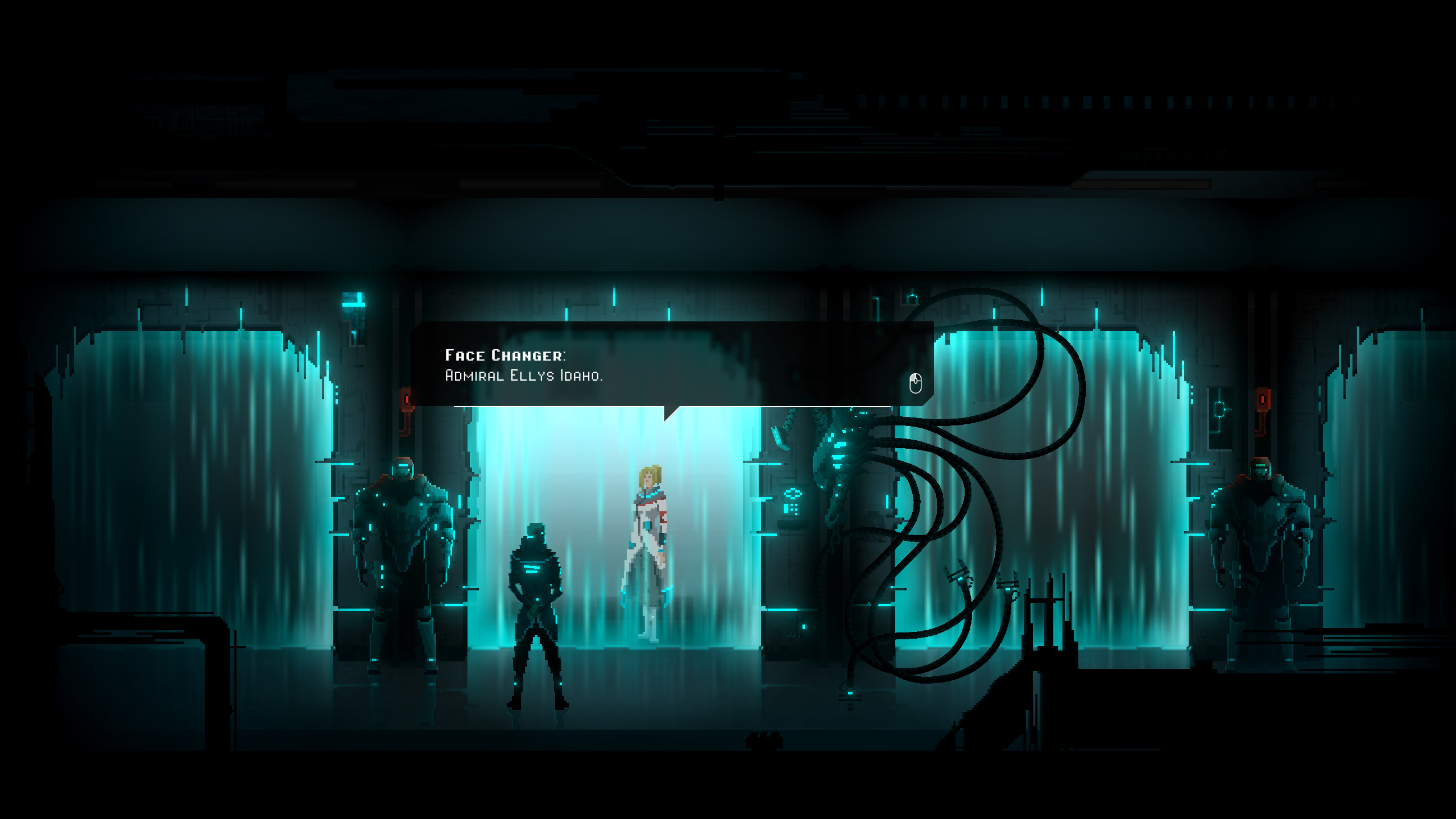
There’s just not enough variability or randomness to its various systems to promote endless replayability.
Like FTL, though, layers of the world are revealed through random encounters. Each of these beats involves a decision that will either reward resources to upgrade my ship or leave me significantly worse for wear. Early on, I encountered a group of religious child refugees who I agreed to shelter on the Odysseus. They turned out to be kamikaze terrorists. When I encountered the same kids on a different playthrough, though, they turned out to just be regular, non-exploding children looking for a ride.
There’s dozens of these scenarios brought to life by vivid writing and Crying Suns’ crisp pseudo-pixel art, but it’s annoying how repetitive these events become over the course of the campaign. By the time I saw the credits roll, I must’ve encountered those exploding kids dozens of times. And it seems that some events do have a single, predetermined outcome. Every time I was extorted by pirates, threatening them always caused them to acquiesce. It sucks a lot of the tension out of these situations when I know the optimal decision to make.
That’s endemic of a larger problem with Crying Suns and why it ultimately fails to be a good roguelike, even if it’s still a fun game. There’s just not enough variability or randomness to its various systems to promote the endless replayability that I love in games like Enter the Gungeon or Slay the Spire.
Starship shooters
Combat, for example, plays out like a pausable RTS on a grid flanked by my and the enemy battleship. Between volleys from our main weapon systems, squadrons of fighters take the field to battle one another in a constant ebb and flow that makes fights chaotic and tense. Managing cooldown timers is key, so if I throw everything I have at the enemy ship in an all-out assault and don’t finish it off, I leave myself vulnerable to attack while my weapons and fighter squadrons recharge.
It’s a great foundation with some surprising nuances that I really enjoy. Fighter squadrons each occupy their own tile, for example, but will still overlap temporarily when repositioning themselves. Those brief moments are a window of opportunity to kill two birds with one stone if I time a shot with my railgun just right.
I also enjoy the way that debris gives texture to the battlefield. Small asteroid clusters act like a temporary shield while bigger asteroids block sections of the map entirely. Sometimes neutral turrets will shoot anything that gets within range, or meteor showers will blanket the grid and destroy ships on both sides. Like I said, it’s chaotic and really fun.
By the time I beat the game on normal difficulty, I had only died a few times—not the kind of challenge I want from a good roguelike.
But Crying Suns fails to realize the full potential of this combat system. Unlike FTL and other roguelikes, where death constantly looms overhead waiting to punish a wrong move, Crying Suns is too forgiving. My ship has multiple health bars that will recharge after each fight so long as they’re not depleted entirely, resources needed to repair my ship and buy upgrades are a little too plentiful, and enemies often lack firepower and frequently use the same tactics again and again.
Early on in a run, it’s common to encounter ships that only have one or two offensive options while I’ll often have three or four. It makes early fights a breeze, which in turn lets me farm resources to upgrade my ship further and snowball to a point where I feel unstoppable. By the time I beat the game on normal difficulty, I had only died a few times—not the kind of challenge I want from a good roguelike.
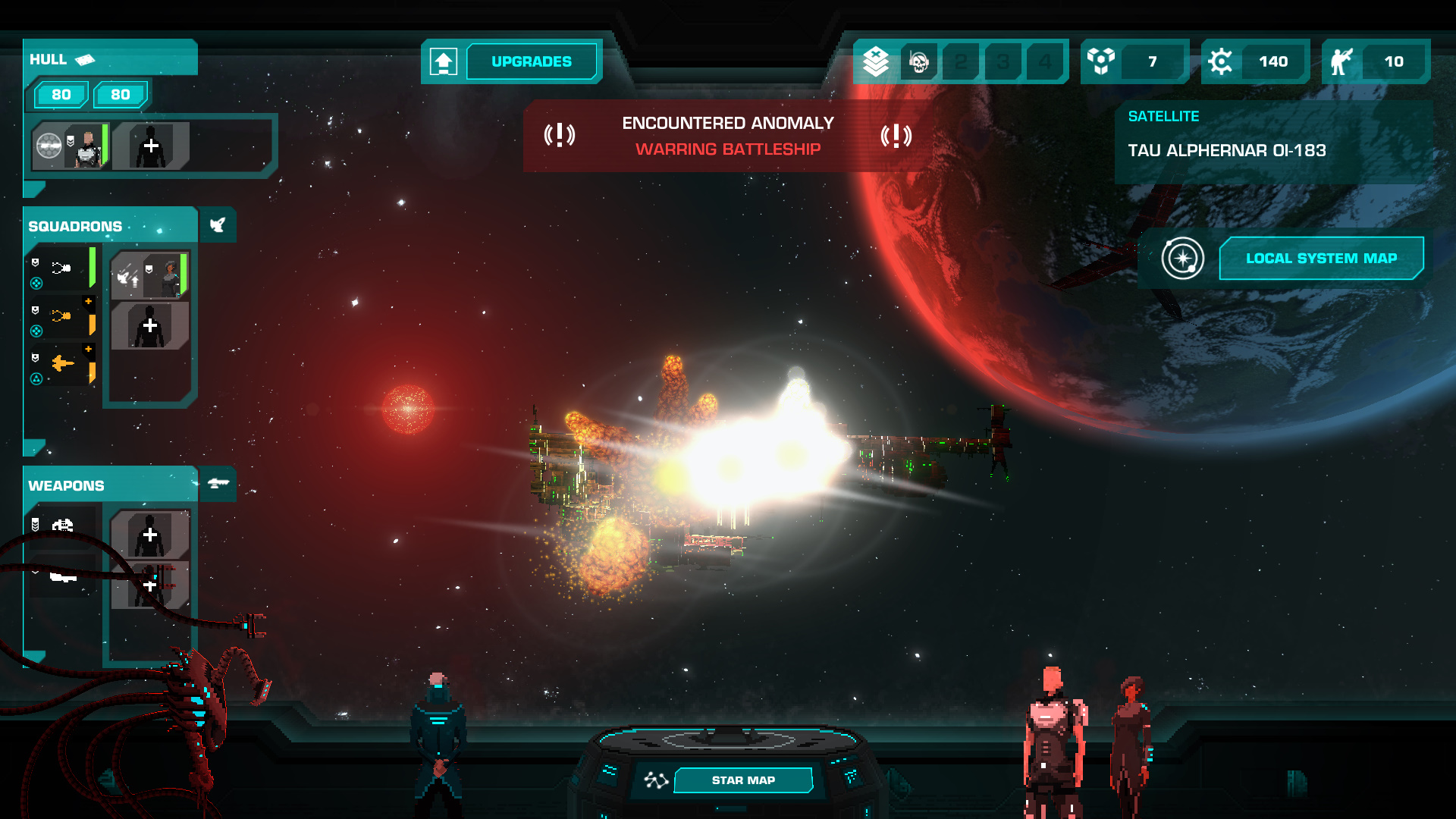


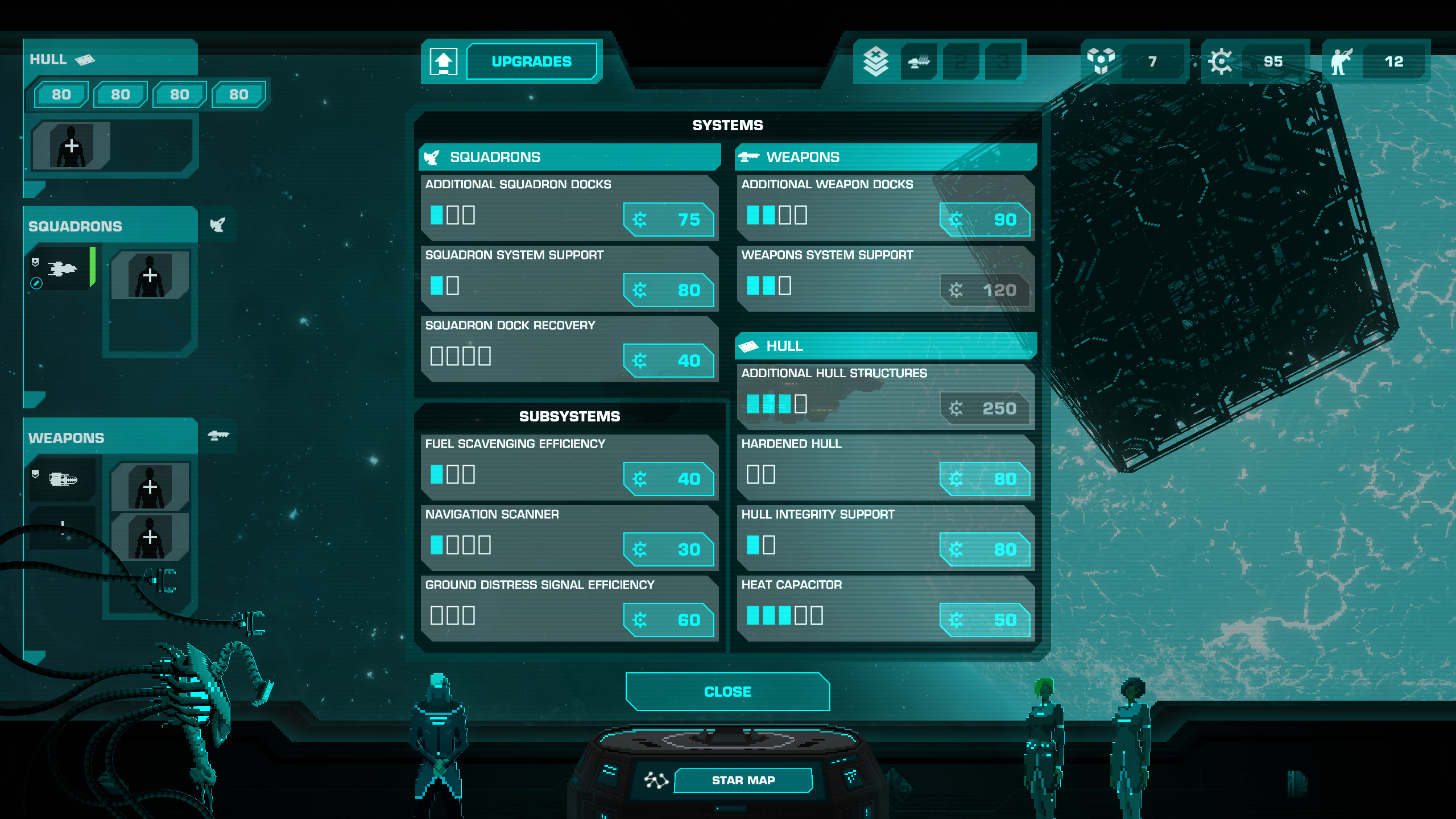
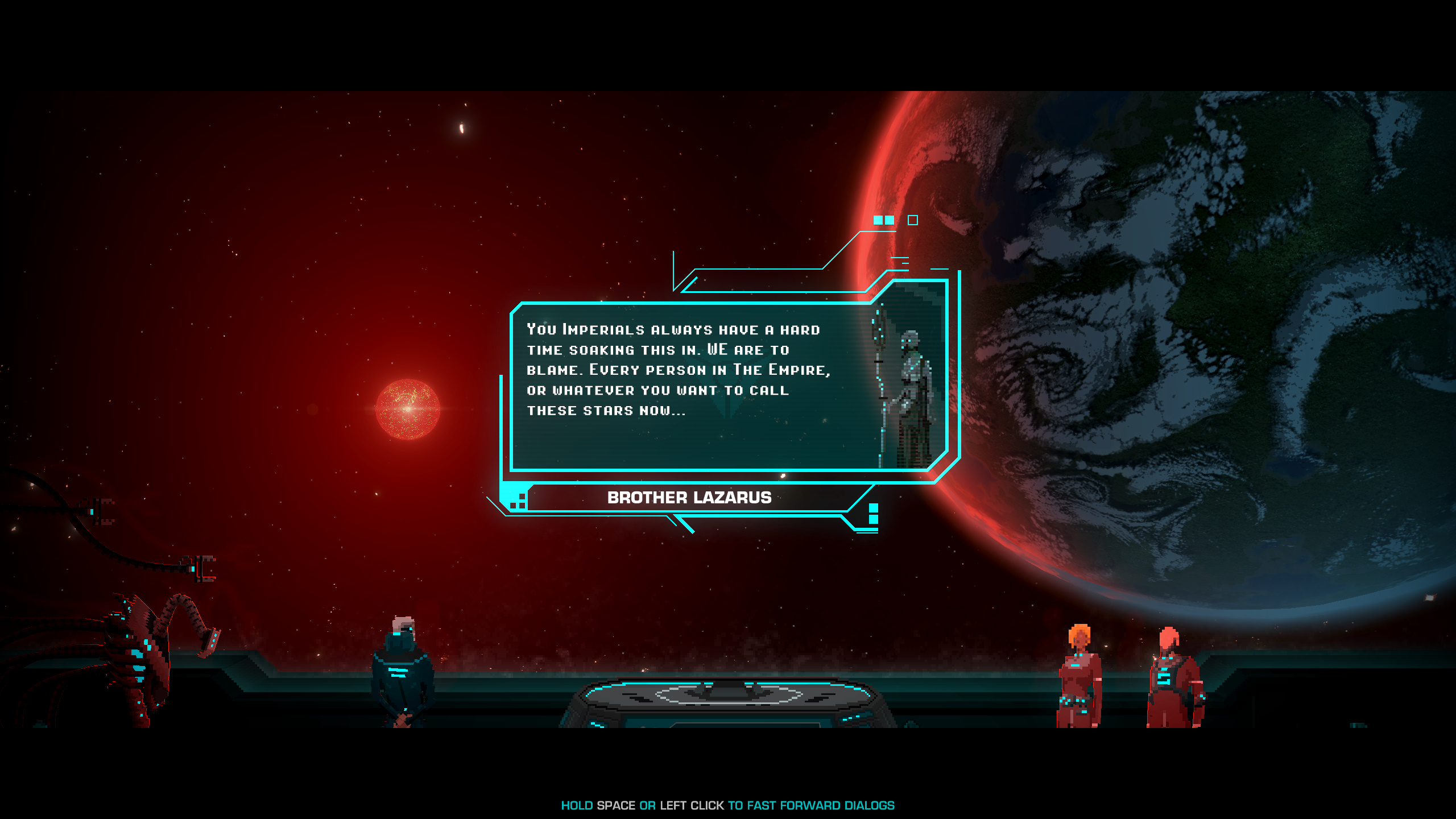
I miss that critical sense of uncertainty that makes most roguelikes so exciting, pushing myself further knowing the odds of survival are slim. Crying Suns doesn’t inspire that same maddening desire to keep chasing that ever-elusive combination of luck and perfect loot.
But, damn, it sure looks good. I love the pixelated 3D graphics and the intimate perspective through which I explore the galaxy. It makes me feel like a member of the crew rather than a disembodied ghost. Little touches, like the way the bridge and its crew glow with the color of a nearby star, help create a forbidding, unsettling atmosphere. It makes Admiral Idaho’s journey through the twisted remains of the empire he once helped rule captivating.
Together with the inventive combat and gauntlet of narrative choices to be made, Crying Suns is a good strategy game that’s absolutely worth playing as long as you’re okay with it not being much of a roguelike. Repetitive encounters and a general lack of challenge made my journey through this corpse of a galactic empire not nearly as hardfought as it should.
Read our review policy
It’s too repetitive and easy, but Crying Suns story and frantic combat are worth experiencing anyway.

